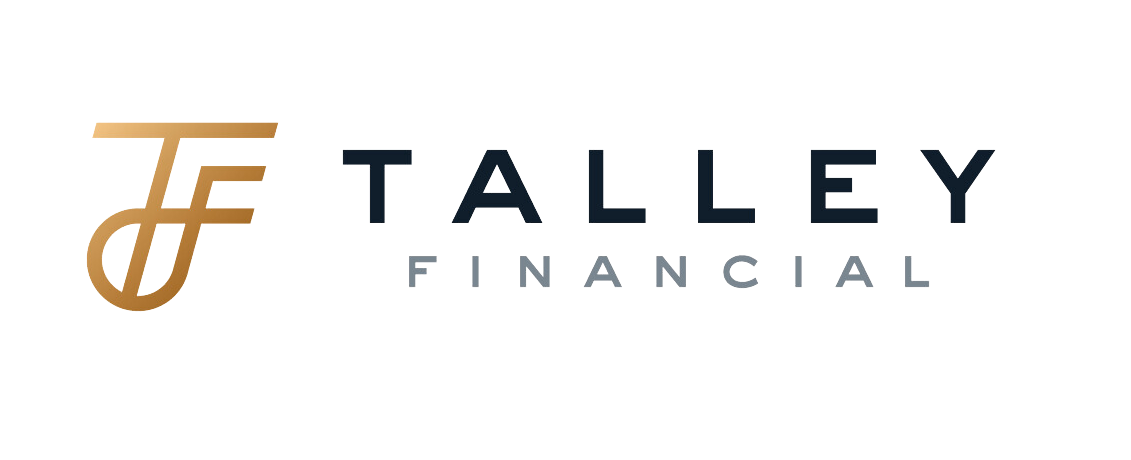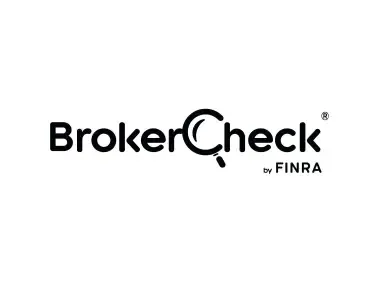Call David today: 423-617-0160
Approaching Retirement?
Make a Confident Transition.
We provide strategic retirement planning clearly focused on creating lasting financial security, reducing taxes, and ensuring your lifestyle continues seamlessly.
David and his team gave us all the time we needed and made everything clear. The future feels much more friendly to us now that we have a plan we worked out with Talley Financial. – Ed Davis ⭐⭐⭐⭐⭐
This testimonial is based upon an individual client experience and may not be representative of the experience of other customers and should not be considered a guarantee or indication of future performance or success.
Retirement Isn’t Just About Building Wealth— It’s About Keeping It.
Most financial advice stops at building a nest egg—but retirement planning requires much more. At Talley Financial, we help you confidently manage income strategies, proactively reduce taxes, and navigate complex Social Security and Medicare decisions—ensuring the retirement lifestyle you’ve envisioned is clearly within reach.
How We Help You Achieve Retirement Confidence
Reliable Retirement Income
Clearly structured strategies designed to generate reliable, tax-efficient retirement income, tailored to your lifestyle.
Proactive Tax Reduction
Proactive planning, including tax-smart withdrawals and Roth conversions, aimed clearly at minimizing your lifetime taxes.
Investment Planning for Longevity
Thoughtful, retirement-specific investment strategies clearly designed to balance growth, stability, and risk management.
Smart Social Security & Medicare Decisions
Clear, strategic guidance to confidently optimize your Social Security timing and Medicare coverage decisions.
Ready to Retire With Confidence? Let’s Build Your Plan Together.
Retirement is too important to leave to guesswork. Our strategic planning helps you reduce taxes, invest wisely, and create income that lasts.
How One Client Clearly Improved Retirement Outcomes & Reduced Taxes
The Challenge
Jim & Lisa, approaching retirement, felt overwhelmed by uncertainty around generating consistent income, managing taxes effectively, and timing critical Social Security and Medicare decisions. They needed clear strategies to confidently transition into retirement without fear of running out of money or facing unnecessary tax burdens.
What We Did
- Customized Retirement Income Plan: Developed a structured withdrawal strategy clearly designed to provide consistent income while carefully managing tax impacts.
- Proactive Tax Strategies: Implemented tailored tax strategies—including Roth conversions and tax-efficient withdrawals—to proactively reduce lifetime taxes.
- Investment & Risk Management: Adjusted investment portfolio to carefully balance growth and risk, clearly aligned with retirement income needs and lifestyle goals.
The Result
With a clear, proactive approach, Jim & Lisa experienced enhanced financial clarity, a meaningful reduction in expected lifetime taxes, and a confident transition into retirement.
What Clients Are Saying About Their Retirement Plans
⭐⭐⭐⭐⭐
“David has provided timely advice, answered my multiple questions with patience and knowledge, and structured a well-built retirement plan to meet my family's needs. Thank you for your personal focus.”
Mark Sewell
⭐⭐⭐⭐⭐
“I have been working with David and his team for several years now and am extremely pleased with the service I receive from them. David keeps me in the loop and has developed a solid plan that I am very comfortable with.”
Jim Edmondson
⭐⭐⭐⭐⭐
“David Talley is an exceptional financial advisor who truly goes above and beyond. He took the time to understand my goals and concerns and built a plan tailored specifically to my needs. Highly recommend!”
Juan Diaz
These testimonials are based upon an individual client experience and may not be representative of the experience of other customers and should not be considered a guarantee or indication of future performance or success.
Please see our Google page for more reviews
Clear Answers to Your Most Important Retirement Questions
Making smart financial decisions now can mean the difference between a stress-free retirement and running out of money too soon. Here’s what you need to know:
When should I start retirement planning to maximize my savings?
Ideally, begin 5-10 years before retirement to clearly optimize your income, investments, and tax strategies.
How do proactive tax strategies impact my retirement income?
Proactive strategies like Roth conversions, tax-efficient withdrawals, and optimized Social Security timing can significantly enhance your after-tax retirement income.
Should I take Social Security early or wait?
The optimal Social Security claiming strategy depends on factors like life expectancy, marital status, and other income sources. Delaying benefits beyond full retirement age (up to 70) can result in an 8% increase in annual benefits per year, which can be a game-changer for those expecting a long retirement. However, for those needing income earlier or with health concerns, claiming sooner may be preferable.
What are the biggest tax mistakes retirees make?
Many retirees underestimate their future tax liabilities. Common mistakes include not considering RMDs in advance, ignoring Roth conversion opportunities, failing to diversify tax treatments (pre-tax, Roth, taxable accounts), and not accounting for Medicare surcharges (IRMAA fees). A proactive tax plan can save retirees tens or even hundreds of thousands over their lifetime.
How do I protect my portfolio from market downturns in retirement?
Sequence of returns risk is one of the biggest threats to retirees. A market downturn early in retirement can have long-lasting consequences if you are withdrawing from investments at the wrong time. A well-structured withdrawal strategy, incorporating a cash buffer or “bucket” system, can help ensure you aren’t forced to sell assets at a loss. Proper asset allocation and periodic rebalancing also provide downside protection while keeping your money growing.
What’s the best way to protect my retirement from market volatility?
Clearly structured, balanced investment strategies, personalized withdrawal approaches, and strategic risk management can help safeguard your retirement funds.
How does Talley Financial’s retirement planning differ from typical advisors?
We clearly integrate proactive tax planning, personalized income strategies, and fiduciary-level guidance designed specifically for retirement.
Menu
Get In Touch
Proudly serving clients in Johnson City, TN, and the Appalachian Highlands with personalized financial strategies.
Financial Clarity - Newsletter
Thanks for signing up for our Newsletter!
Please try again later.
Securities offered through Registered Representatives of Cambridge Investment Research, Inc., a broker-dealer member
FINRA/SIPC. Advisory services through Cambridge Investment Research Advisors, Inc., a Registered. Investment Adviser. Cambridge and Talley Financial are not affiliated.
Cambridge
form CRS.
Financial Professionals may only conduct business with residents of the states or jurisdictions in which they are properly registered, licensed or exempt from registration and not all of the securities, products and services mentioned are available in every state or jurisdiction.
Testimonials are based upon an individual client experience and may not be representative of the experience of other customers and should not be considered a guarantee or indication of future performance or success.
Please see our Google page for more reviews
New Paragraph
Talley Financial



